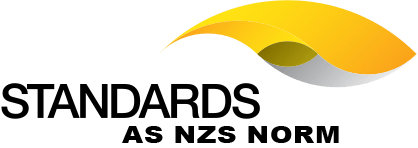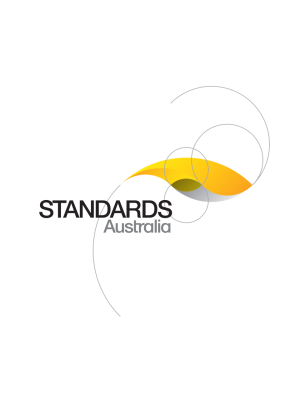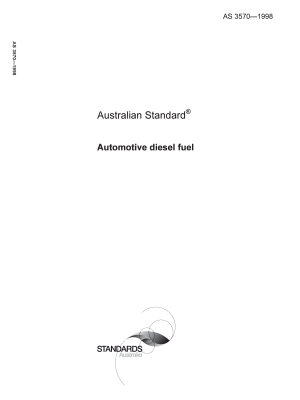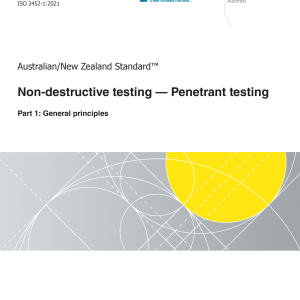- You cannot add another "AS/NZS 1462.8:2008" to your cart. View cart
🔍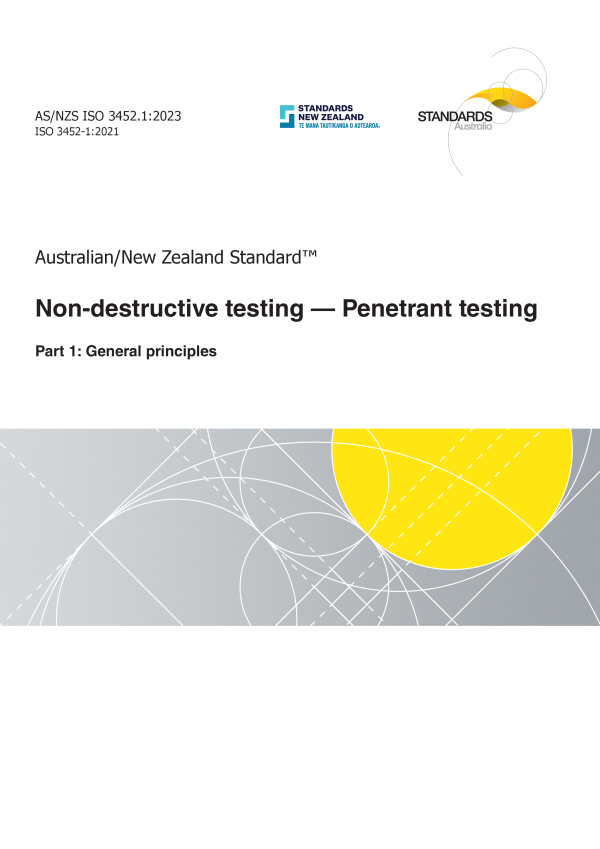

Purchase the full subscription package now and enjoy a 40% discount, along with free updates for future editions.
AS/NZS ISO 3452.1:2023
$147.51
Non-destructive testing – Penetrant testing, Part 1: General principles
AS/NZS ISO 3452.1:2023 identically adopts ISO 3452-1:2021, which specifies a method of penetrant testing used to detect discontinuities.
Table of contents
Header
About this publication
Preface
Foreword
1 Scope
2 Normative references
3 Terms and definitions
4 Safety precautions
5 General principles
5.1 Personnel
5.2 Description of the method
5.3 Process sequence
5.4 Equipment
5.5 Effectiveness
6 Products, sensitivity and designation
6.1 Product family
6.2 Testing products
6.3 Sensitivity
6.4 Designation
7 Compatibility
7.1 General
7.2 Compatibility of penetrant testing products
7.3 Compatibility of penetrant testing products and the material to be tested
7.3.1
7.3.2
7.3.3
7.3.4
7.3.5
8 Test procedure
8.1 Written test procedure
8.2 Precleaning
8.2.1 General
8.2.2 Mechanical precleaning
8.2.3 Chemical precleaning
8.2.4 Drying
8.3 Temperature
8.4 Application of penetrant
8.4.1 Methods of application
8.4.2 Penetration time
8.5 Excess penetrant removal
8.5.1 General
8.5.2 Water
8.5.3 Solvents
8.5.4 Emulsifier
8.5.4.1 Hydrophilic (water-dilutable)
8.5.4.2 Lipophilic (oil-based)
8.5.5 Water and solvent
8.5.6 Excess penetrant removal check
8.5.7 Drying after excess penetrant removal
8.6 Developing
8.6.1 General
8.6.2 Dry developer
8.6.3 Water-suspendable developer
8.6.4 Solvent-based developer
8.6.5 Water soluble developer
8.6.6 Water- or solvent-based for special application (e.g. peelable developer)
8.6.7 No developer (type I only)
8.7 Inspection
8.7.1 General
8.7.2 Viewing conditions
8.7.3 Wipe-off technique
8.7.4 Recording
8.8 Post cleaning and corrosion protection
8.8.1 Post cleaning
8.8.2 Corrosion protection
8.9 Retesting
9 Test report
Annex A
Annex B
B.1 General
B.2 Records
B.3 Control tests
B.3.1 Materials levels (including refillable spray systems)
B.3.2 System performance
B.3.2.1 General
B.3.2.2 Reference test parts cleaning
B.3.3 Penetrant appearance
B.3.4 Rinse water appearance
B.3.5 Rinse water temperature
B.3.6 Drying oven temperature
B.3.7 Working area
B.3.8 Compressed-air filter(s)
B.3.9 UV-A lamps
B.3.10 UV-A irradiance
B.3.11 Visible light intensity in inspection booth (fluorescent systems)
B.3.12 Visible light intensity (colour contrast systems)
B.3.13 Fluorescent brightness
B.3.14 Colour contrast intensity
B.3.14.1
B.3.14.2
B.3.14.3
B.3.15 Supplier’s overcheck
B.3.16 Concentration of hydrophilic remover
B.3.17 Developers
B.3.17.1 Appearance of dry powder
B.3.17.2 Fluorescence of dry powder
B.3.17.3 Water-soluble developer
B.3.17.3.1 Concentration
B.3.17.3.2 Wetting test
B.3.17.3.3 Temperature
B.3.17.3.4 Fluorescence of solution
B.3.17.4 Water-suspendable developer
B.3.17.4.1 Concentration
B.3.17.4.2 Temperature
B.3.17.4.3 Fluorescence of suspension
B.3.18 UV-A radiometer calibration
B.3.19 Luxmeter calibration
B.3.20 Pressure gauge calibration
B.3.21 Reference test block verification
Annex C
Bibliography
Cited references in this standard
Please select a variation to view its description.
| Published | 08/09/2023 |
|---|---|
| Pages | 22 |
Please select a variation to view its pdf.
